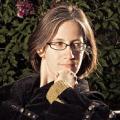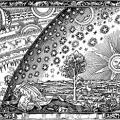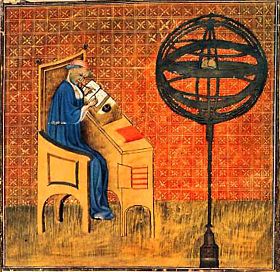279. Quadrivial Pursuits: the Oxford Calculators
Bradwardine and other thinkers based at Oxford make breakthroughs in physics by applying mathematics to motion.
Themes:
• M. Clagett, The Science of Mechanics in the Middle Ages (Madison: 1959).
• R.C. Dales, The Scientific Achievement of the Middle Ages (Philadelphia: 1973).
• D.A. Di Liscia and E.D. Sylla (eds), Quantifying Aristotle: the Impact, Spread, and Decline of the Calculatores Tradition (Leiden: 2022).
• C.H. Leijenhorst et al. (eds), The Dynamics of Aristotelian Natural Philosophy from Antiquity to the Seventeenth Century (Leiden: 2002).
• A. Maier, Studien zur Naturphilosophie der Spätscholastik, 5 vols (Rome: 1949-68).
• E.D. Sylla, “The Oxford Calculators’ Middle Degree Theorem in Context,” Early Science and Medicine 15 (2010), 338-70.
• E.D. Sylla, The Oxford Calculators and the Mathematics of Motion (New York: 1991).
• C. Wilson, William Heytesbury: Medieval Logic and the Rise of Mathematical Physics (Madison: 1956).
Stanford Encyclopedia: William Heytesbury
Stanford Encyclopedia: Richard Kilvington







Comments
Cube roots
Hi Peter,
I think there is a vocal typo at 17:50, you say 3^(1/3) to 2^(1/3) (3 to the third and 2 to the third, i.e. the cube roots) but you mean 3^3 to 2^3.
In reply to Cube roots by Quadrupedant
Cubes
Oh yes, you're right: in my script it is right but I misspoke when recording it (I like the idea of a "vocal typo").
Let me also heartily congratulate you on your James Brown icon and email address. Make it Funky (Parts 3 and 4)!
Add new comment